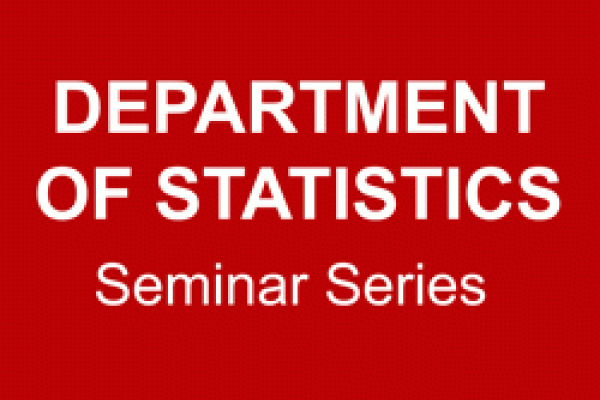
Title
Cost (or Price) Forecasting in the Face of Technological Advance
Speaker
David Harville, IBM Thomas J. Watson Research Center
Abstract
The problem considered is that of forecasting the future costs of hard drives of various capacities and speeds of revolution or more generally that of forecasting the future costs of various versions of a commodity that is subject to technological advance. In the initial development, it is supposed that the data consist of past and present costs. A model is proposed in which the past, present, and future costs of each version are related to each other and also to the costs of the other versions. The model encompasses a stochastic version of an empirical relationship known as Moore's law. A forecasting methodology was developed by adopting a Bayesian approach and by taking the prior distribution to be of a relatively tractable form. An implementation of the Gibbs sampler was devised for making draws from the posterior distribution of the future costs; the forecasts are based on those draws. The proposed methodology was used to obtain forecasts retrospectively from data accumulated (over a five-year period) on the quarterly costs of hard drives. The accuracy of the longer-term forecasts compared favorably with those of certain benchmark forecasts, while the accuracy of the shorter-term forecasts compared less favorably. Greater accuracy can be achieved through enhancements to the proposed methodology that provide for the utilization of supplementary information (i.e., information that is relevant but that is not fully reflected in the past and present costs).
*This work is joint with Holger Dette and Lorens Imhof of Germany.
